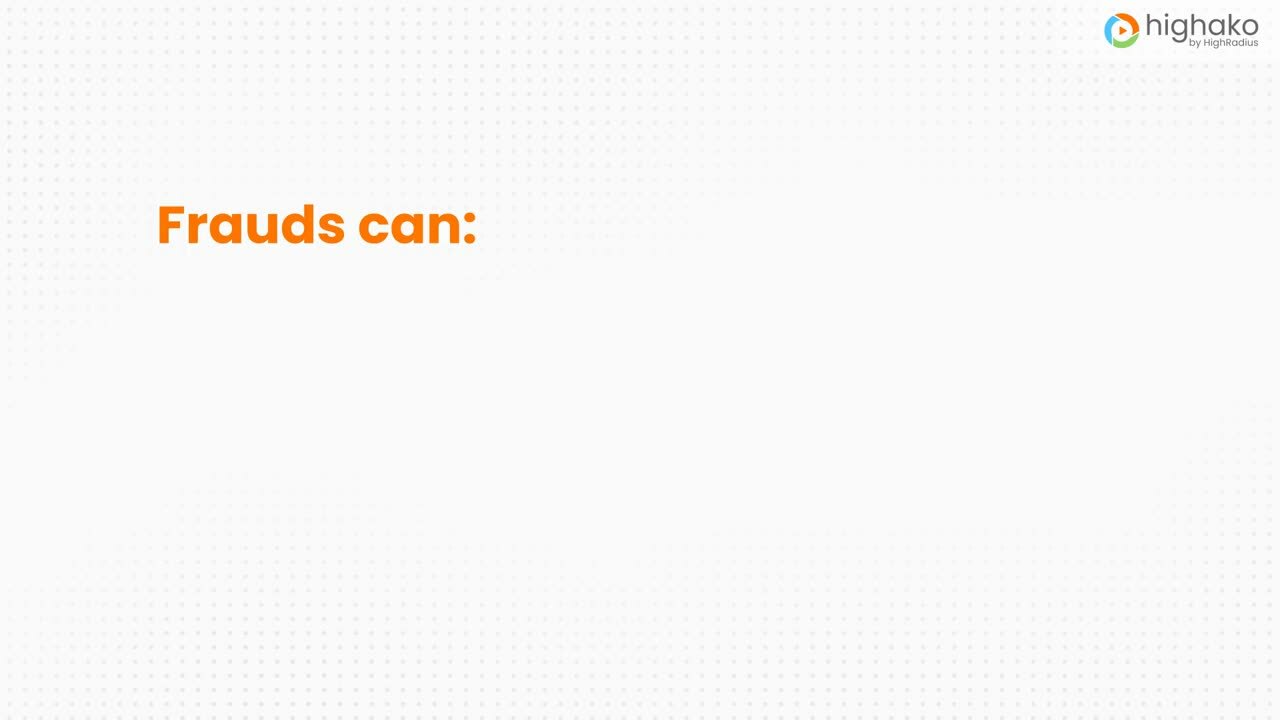
As Internet-based orders rise, so does fraud. Here are the seven risk factors you need to watch out for if you want your profits to keep track with your Web sales.
Once you have a distribution channel on the web, you will likely increase your sales significantly, but you will also face substantially increased risk of bad debts due to fraud. If you're not prepared, you could lose your shirt-these bad debts could ruin any hope of a profit from online distribution! But take heart. There are some basic steps you can take to handle this growing problem.
Omaha Steaks, which does quite a bit of business on the web, developed some great procedures to help them weed out the fraudulent orders placed on their Internet-based ordering system. In addition to the risk of not being paid, Omaha Steaks faces a different risk that has the same ultimate result: They have a no-questions-asked money-back guarantee. So, they've got to watch out for unscrupulous operators who order huge quantities of their product, enjoy great meals for a month, and then claim they aren't satisfied. According to Mona Rys, Credit & Collection Manager at Omaha Steaks, the Internet orders that they stopped due to suspected frauds in recent years were worth hundreds of thousands of dollars in orders.
Rys says that the business generated from their Internet presence is producing significantly more fraud than their other marketing channels. Next riskiest is their telemarketing operation, while the least risky is their mail order business. Each distribution channel brings in a different mix of customers. So, Rys and her team have developed a different set of parameters for checking the credit in each group.
Their goal is to have the system automatically process the good orders but kick out orders violating their risk criteria so that they can check them manually. And, they are constantly studying the data to make sure they're setting the right policies. They also have a level under which they don't check credit, and they are constantly examining this level as they weigh the losses from fraud against the labor-intensive cost of manual checking.
| Fraud Risk Factors | ||
| Some alone may not indicate that you are dealing with a fraud, but the more of these that you have, the more likely you are to have a fraud. | ||
| Yes | No | Factor Being Checked |
| First-time buyers. This is the biggest risk factor. They automatically check first, second and third orders. | ||
| Shipping patterns. Based on their statistics, a fraudulent buyer is very unlikely to ship to more than one to two addresses. A crook is not going to send product to ten different addresses, says Rys. | ||
| Large orders, particularly when they are new buyers. | ||
| Unusual mix of product ordered. For example, at Omaha Steaks, all the bad accounts ordered jumbo shrimp or lobster tails. To a lesser degree, the crooks preferred porterhouse steaks. Points out Rys, "If you live on the coast, why would you buy frozen lobster?" | ||
| Fake names. "These are the easy ones," says Rys. "We just stopped one yesterday from 'Bunny Hare.'" | ||
| Rush/overnight orders, particularly if they're large. | ||
| Seasonal factors. Most lines of business are seasonal to some degree or other, and Omaha Steaks is no exception. They get a barrage of bad orders in the pre-Christmas rush and just before the 4th of July. "Everyone wants a free barbecue," she explains. | ||